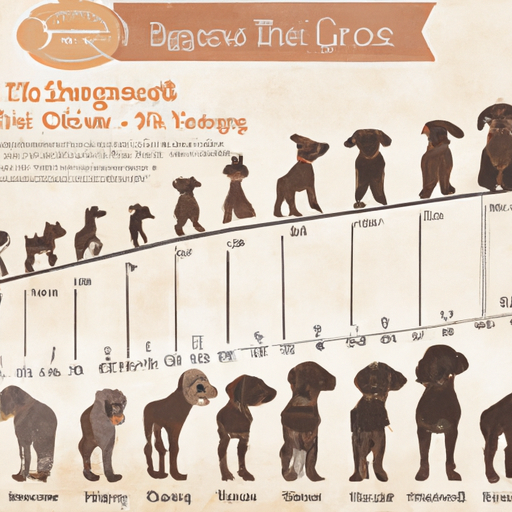Understanding Your Dog’s Age
As a caregiver to your beloved pet, you might often wonder about your dog’s age. Especially, if your furry friend is a rescue, or if your bond blossomed without any formal documents of birth. But, fret not. There are various ways to determine a dog’s age, and with a little detective work, you can get a pretty accurate estimate.
Physical Examination – The First Step
The first step to determine your dog’s age is a physical examination. This is a simple method that you can do at home, and it only requires keen observation.
-
Examine the Teeth: Dogs’ teeth can give a good estimate of their age.
- Puppies have 28 temporary teeth that come out around four weeks of age.
- Permanent teeth start coming in around four months.
- By the time your dog is one-year-old, their teeth are white and clean.
- As they age, their teeth show signs of wear, buildup, and may even lose some.
-
Check the Eyes: Dogs’ eyes also change with age.
- Young dogs have bright, clear eyes without any signs of cloudiness.
- Older dogs may have cloudy or hazy eyes.
-
Observe the Coat: The coat’s condition and color can indicate the age.
- Young dogs have soft, fine coats, while older dogs may have thick, coarse fur.
- Older dogs may also show signs of graying, especially around the snout.
Understand The Breed Specific Lifespan
Different breeds age at different rates. Larger breeds tend to age faster than smaller ones. For instance, a Great Dane is considered senior by about six years old, whereas a Chihuahua wouldn’t reach the same age until around 10 years.
| Breed Size | Senior Age |
|---|---|
| Small | 10-15 years |
| Medium | 10-13 years |
| Large | 8-10 years |
Visit the Vet
If you’re still unsure, visiting a veterinarian is the best course of action. They can perform a more thorough examination and may even conduct certain tests to determine your dog’s age more accurately.
Behavioral Clues
Behavior can also provide hints about a dog’s age. Young dogs are typically more energetic and curious, while older dogs may be more sedate and show signs of confusion.
Frequently Asked Questions
What if my dog’s teeth are not clean?
Dental hygiene varies, and some dogs may have naturally yellow teeth. Regular cleanings can also affect the appearance.
Can a DNA test determine my dog’s age?
DNA tests can provide breed information, which can help determine age, but they cannot accurately tell the exact age.
Is age the only factor that causes cloudiness in a dog’s eyes?
No, cloudiness can also be due to medical conditions like cataracts. Always consult with a vet if you notice changes in your dog’s eyes.
My dog is very active. Does that mean he’s young?
Not necessarily. Activity levels can vary widely among dogs of all ages. It’s best to consider physical signs and consult with a vet.
Remember, understanding your dog’s age is more than just satisfying your curiosity. It’s a vital step in providing them with the appropriate care they need as they journey through the different stages of life.



